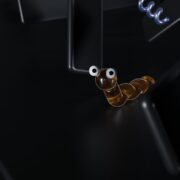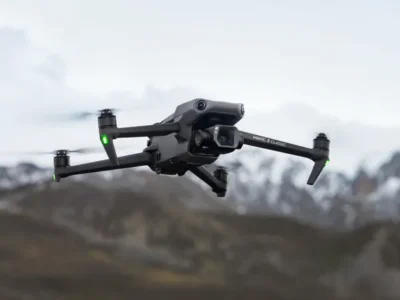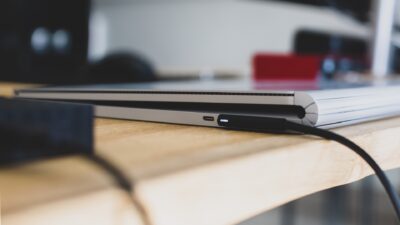Japanese researchers are working on a groundbreaking technology that could allow humans to control bugs such as cockroaches and use them to locate survivors trapped under rubble after an earthquake. Japan is a country prone to earthquakes and has dealt with a great deal of damage in the recent past due to that. This technology comes as great news for them. So, the first responders to locate trapped people could just as well be a swarm of cyborg bugs.
To achieve this, Japanese researchers are working on mounted backpacks containing a combination of solar cells and electronics that can transmit signals to the sensory organs of bugs and then control them.
At the Thin-Film Device Laboratory at Japanese research company Riken, a team of scientists led by Kenjiro Fukuda. The team developed a solar cell that is only 4 microns thick, 1/25 the width of a human hair, and can easily fit inside an insect’s abdomen. This would not hinder the movement of any bug and would let them move freely. The solar cell will generate power which will then be converted into signals sent through the sensory organs of the bug.
Work is also being done at Nanyang Technological University in Singapore on insect control, which could result in cyborg bugs and insects taking over robots with their ability to enter hazardous areas much more efficiently.
Madagascar hissing cockroaches were chosen for this experiment as they were the perfect size for carrying the equipment and also because they don’t have any wings, so there will be no interruption. The bug has the ability to go through small obstacles and places that no one else can reach, even with the backpacks mounted on them.
However, this plan still has a long way to go as research is still being processed. Recently, a researcher named Yujiro Kakei experimented on a cyborg cockroach using a Bluetooth signal and a computer; however, when he gave the signal to turn right to the cockroach, the bug turned in circles. So this is still an ongoing process, and the next challenge is further reducing the size of the components so the insects can move more easily.
However, Japanese scientists think solar cell film can have much broader use in the future, such as monitoring vital signs in the human body.





















Comments